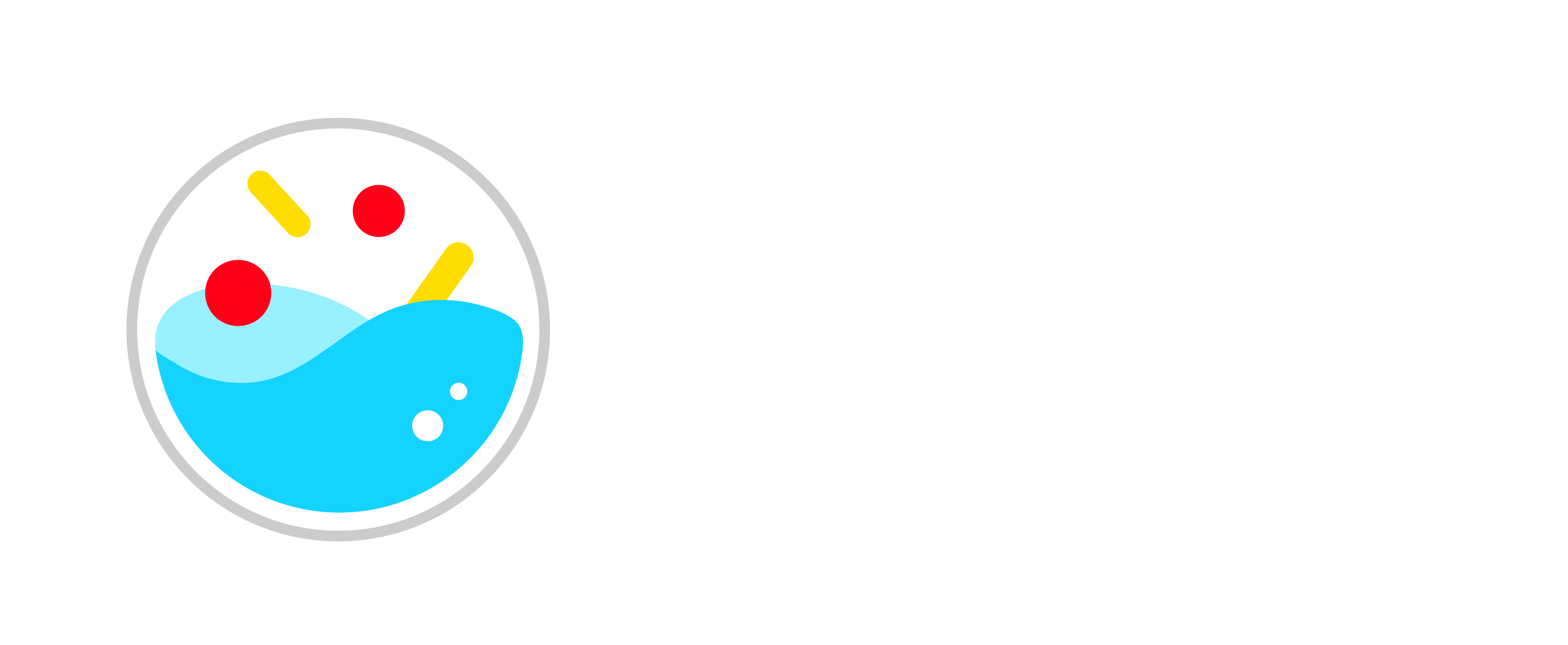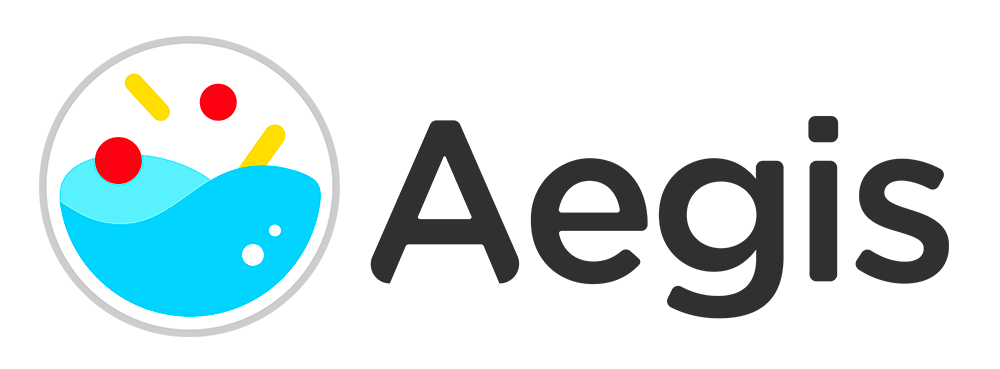1 What's up
Our values
Following this logic, we are not only thinking about the most immediate outputs of our intervention. AEGIS’ project will provide local communities with access to an easy-to-use and easy-to-get technology that may be further improved in the future by local researchers and technical specialists. Therefore, while helping to fight against cholera outbreaks, we will be encouraging the technical development of rural areas within their economic and material limits, actively participating in their empowerment and, consequently, linking to the 10th SDG (reducing inequality within and among countries).
2 Context
Problem
Many causes of this have been repeatedly identified by a number of research initiatives, but there is one that stands out because of its urgency: the rapid urbanisation that comes with exponential population growth.
The constant establishment of new urban settlements is often done without any governmental control, resulting in informal constructions that follow no regulation on issues like waste management [1]. This situation is a hazard for the consumption of non-treated water that is traditionally used in most of these areas, as well-water, consumed by the majority of the population, is contaminated by household refuse [2]. Water that a couple of decades ago was safe has now become dangerous, and it is not likely that this will get any better.
And most susceptible to water-related diseases like cholera are those in poverty, who cannot afford treated pipe or bottled water. This, combined with the lack of infrastructure for sanitation or potabilization, creates great health risks.
But the damage caused by cholera covers a wider area than just the health sphere: cholera outbreaks make populations dependent on foreign help and medicines, condemning them to the use of sensing methods that are expensive or ineffective, and that are provided by outsiders. This dependence is a harsh strike to the autonomy and self-development of those populations.

Measures implemented / in process
But, despite all the resources invested in this enterprise, the incidence of cholera outbreaks continues to be an issue [4]. It is worth asking why.
Studies carried out in this context have revealed one crucial point: social characteristics are not generally considered in the design of public-health strategies [5]. Quantitative and qualitative analysis of a wide amount of data reveal the inadequate integration of socio-cultural factors into cholera-prevention strategies [6]. These researches point out the direct relationship between the existence of cholera risk factors and community vulnerability, showing that social attitudes and beliefs are the bridge linking these two concepts. Hence, the failure to address the worldview, the traditional ways of behaviour and the social features of local communities is holding up the effective implementation of cholera-prevention initiatives.

What is needed?
Most cholera cases with a fatal outcome take place outside hospital, revealing the need for proper medical care that is currently not reachable for a large percentage of the population. This lack is related to factors like the limited geographical access to health facilities and the low resources and supplies that are available to CTCs (Cholera Treatment Centres). There is an urgency to strengthen case management and to ensure adequate supplies with a special focus on rural areas [9] [4].
Simplified laboratory and epidemiological methodologies can improve the feasibility of cholera surveillance in rural and resource-constrained areas, facilitating early case detection and rapid response implementation [10]. Therefore, an easy-to-use tool that can effectively identify the presence of cholera in samples with reduced overall costs is more than a mere technological upgrade: it is an urgent need that could save many lives.
But this cannot come alone: to ensure the good implementation of any initiative it is essential to integrate sociocultural factors with well-equipped labs for diagnosis.
What can we do? - Solution
The goal of this global approach to the problem of cholera is, in the end, the development of efficient, effective and respectful technologies that will, in the end, have a positive impact on the societal level.
Our solution to the cholera issue is multidimensional, approaching the problem from different sides and directly addressing the needs voiced by local experts:
Our project allows a reduced reaction time, which results in the quicker public warnings that are essential for preventing outbreaks. In addition, the early detection will allow small rural clinics and CTCs to provide better treatment for their patients, reducing fatality in many cases.
Problems are never single-factored, and nor are their solutions. This is why we have adopted this strategy and why it is the basis of our project. It is time to work together.
Reflection upon the solution
But many projects are like ours, and the international arena of development is full of great solutions and life-changing initiatives. So, let’s put a bit of perspective in here.
We absolutely believe in the utility of the AEGIS Project. We are proud to have invested so much of ourselves in it and we are pleased with the results. But we are also aware of the scope of the solution that we are proposing. What we bring is mainly a patch - an urgent resource that will save many people’s lives, yes, but a patch. Cholera and other water diseases will not be solved by patches and detection. They will be solved when each individual has guaranteed access to safe water for domestic consumption. And this can only be done by providing every human settlement with adequate infrastructure to ensure the potabilization and treatment of their water, together with the observance of urban regulations about waste management.
The effective end of cholera is beyond our action range. But this does not mean that we cannot do our bit to get there. Our contribution will be the dam that contains the disease until a definitive solution is forthcoming. And this is definitely something to be proud of.
References
[2] E. T. Epule, C. Peng, M. W. Mirielle, and N. M. Mafany, "Well water quality and public health implications: the case of four neighbourhoods of the City of Douala Cameroon.," Global Journal of Health Science, vol. 3, no. 75, 2, 2011.
[3] (August 2016). National Health Development Plan (NHDP) 2016-2020.
[4] F. N. Djouma, J. Ateudjieu, M. Ram, A. K. Debes, and D. A. Sack, "Factors Associated with Fatal Outcomes following Cholera-Like Syndrome in Far North Region of Cameroon: A Community-Based Survey," American Journal of Tropical Medicine and Hygiene, vol. 95, no. 6, pp. 1287-1291, Dec 2016, doi: 10.4269/ajtmh.16-0300.
[5] A. Ndah and S. Ngoran, "Liaising Water Resources Consumption, Urban Sanitation and Cholera Epidemics in Douala, Cameroon: A Community Vulnerability Assessment," 2015.
[6] P. Amaah, "Quantitative and qualitative analysis of the knowledge, attitudes and social representations of cholera in the extreme northern region of Cameroon: the case of Maroua I, Maroua Ii And Mokolo," (in eng), The Pan African Medical Journal, vol. 17, p. 253, 2014, doi: 10.11604/pamj.2014.17.253.2799.
[7] L. D. Djomassi, B. D. Gessner, G. O. Andze, and G. A. E. Mballa, "National Surveillance Data on the Epidemiology of Cholera in Cameroon," Journal of Infectious Diseases, vol. 208, pp. S92-S97, Nov 2013, doi: 10.1093/infdis/jit197.
[8] E. J. CARTWRIGHT, PATEL, M. K., MBOPI-KEOU, F. X., AYERS, T., HAENKE, B., WAGENAAR, B. H., … QUICK, R., "Recurrent epidemic cholera with high mortality in Cameroon: persistent challenges 40 years into the seventh pandemic," Epidemiology and Infection, vol. 141, no. 10, pp. 2083-2093, 2013, doi: doi:10.1017/S0950268812002932.
[9] M. C. Ngwa et al., "Cholera public health surveillance in the Republic of Cameroon-opportunities and challenges," (in eng), The Pan African Medical Journal, vol. 24, 2016, doi: 10.11604/pamj.2016.24.222.8045.
[10] A. K. Debes et al., "Clinical and Environmental Surveillance for Vibrio cholerae in Resource Constrained Areas: Application During a 1-Year Surveillance in the Far North Region of Cameroon," Text 2016/03/02 2016, doi: doi:10.4269/ajtmh.15-0496.
3 Fieldwork
Why fieldwork?
But how can we address this complex and global challenge from our position as individuals? After all, trying to apprehend every dimension of the needs of low-resource areas seems, at the least, slightly unrealistic. To cope with this we have adopted a field-based methodology, using a particular case study to tackle a more general problem.
Going to the field is the way we chose to avoid the purely academic perspective that could give a biased impression of reality. Also, it is not easy to find completely up-to-date papers, so observing the evolution that has taken place has been a useful methodology for thinking about future challenges. Combining scientific papers with on-the-ground work provided us with the understanding we were aiming for - one that could make our project real and applicable.
Being in the field allowed us to talk face-to-face with the people who will make direct use of our technology - our most important stakeholders. They gave us a new, non-official perspective on the cholera situation in Cameroon, the “dark side” that is not usually mentioned in papers: people are often not well familiarized with water-related diseases because they “simply don’t have drinkable water” (in the words of one local clinic).
As such, specific knowledge of the cholera situation in Cameroon allowed us to develop a technology that could be useful for all areas lacking in means and infrastructure (not only in African countries, but all rural communities with difficulties in accessibility).

How?
To carry out this research, we have considered local understandings of the cholera disease, and all the implications this has. This has meant investigating conceptions of the sickness itself (whether it is associated with dirtiness, poverty, ex-colonial empires, a curse etc.), but also gathering information about the sick people, their reactions, and their relationship with their families and the rest of the community, in addition to addressing the institutional and governmental dimension of the problem and the role that ‘outsiders’ (development cooperation agencies, foreign helpers) play here.
Why Cameroon?
As the problem is a long way from being completely solved [2], Cameroon seemed to include all the elements that we want to take into account when designing our project.
Our initial intention was to situate the main part of our research in the northern part of the country, in Garoua. The far north of Cameroon is a rural, low-resources and arid area, which made it one of our paradigmatic target areas. But once we arrived in Cameroon we realized that, despite the academic and developmental focus on cholera in the northern rural areas, the same problem lies under the surface in more urban zones, like Douala or the capital city Yaoundé. Therefore, we decided to reconsider our interests and stay in Yaoundé for fieldwork, working as guests of the African Institute of Open Science & Hardware by being part of their programme of Open Residences (http://africaosh.com/aiosh/open-residencies/.)

Residence African Institute of Open Hardware and Science
The mission of the Institute is to meet current research and training needs in the field of Open Science. This is part of the contextualisation of the Global Open Science Hardware Roadmap, which lays out recommendations for making open hardware ubiquitous in science by 2025.
The African Institute of Open Science & Hardware hosted a number of residencies from June to July 2019. Based at Mboa Lab in Yaoundé, Cameroon, they offered us the opportunity to organize one of those residences (http://africaosh.com/aiosh/open-residencies/cholera-aptasensors/) which also allowed us to execute our fieldwork research in a local open lab.
How does it fit into our project?
Moreover, we were able to experience what it is like to work in a small local lab, where the lack of economic resources forces every investment to be carefully considered and measured in advance. Apart from this, the poor quality of urban infrastructure (such as electricity and piping systems) brings a number of challenges that we must consider in order to maximize the practical utility of the technology that we are presenting.
Fieldwork process
We travelled around the surroundings of Yaoundé, focusing on the villages of the suburbs. There we visited medical facilities, paying special attention to details such as prevention-campaign posters, the geographic situation of the clinics and the amount of staff working there. All of this gave us a fairly good idea of the main points where we should concentrate our efforts to develop our project: lack of electric power, scarcity of staff with high technical skills and, in some cases, difficulties in moving from the clinics to a bigger city hospital.
Interviews (formal, semi-structured and informal) were one of our main sources of socio-cultural information. We managed to talk with a number of very diverse actors, concentrating our interest on science-related workers, but also including the opinions and worldviews of other people in the community. By this we were able to complement and, on occasions, correct our initial ideas, adapting them to the Cameroonian reality.

Fieldwork conclusions
They can be summarized as follows:
Our work in Africa has shown us that our project is viable. It is possible to save lives and make the world fairer for everyone. So, let’s get to it!
References
[2] M. C. Ngwa et al., "Cholera public health surveillance in the Republic of Cameroon-opportunities and challenges," (in eng), The Pan African Medical Journal, vol. 24, 2016, doi: 10.11604/pamj.2016.24.222.8045.
[3] (August 2016). National Health Development Plan (NHDP) 2016-2020.
4 Stakeholders
To identify the various actors to consult during the project-development process, we followed both direct and indirect implication rationales. This means that we chose the stakeholders based on their level of involvement with the cholera problem and, secondarily, their relationship with the health system. This covered a wide array of possible actors, but such breadth is not necessarily a bad thing. Water-related diseases affect the whole population; and what is more, the most vulnerable groups are the most forgotten ones in the implementation of most prevention measures. We wanted to avoid this problem by trying to make our stakeholders as possible, preferring local experts and using the demographic and sociological tools that the Cameroonian government releases to the public.
Who are they?
References
5 Actions
Workshops
Our Open Residence took place in the Mboa Lab, a bio-hackerspace located on the outskirts of Yaoundé. The idea of this laboratory is to provide a free hub for experimentation where students and others with no access to bigger facilities can develop their scientific interests. The Mboa Lab follows the open-access philosophy, encouraging citizen science and shared knowledge, and hence was the ideal location for us to undertake our activities. Those attending our workshops were educated people - local scientists and lab workers - which proved valuable in gaining feedback on our main project.
The whole event lasted two weeks, which due to logistical and material requirements we divided into two parts: a first week of familiarization with the place, and a second in which we developed a series of workshops.
The first week’s activities were focused on getting to know the work already being developed in the lab and accustoming ourselves to the local working strategies and conditions. We learned about the operation of technical equipment, which showed us how things can work even in a low-resource environment, and we collaborated on different ongoing projects such as the set-up of an agitator.
In the second week we ran several workshops:


To carry out this research, we have considered local understandings of the cholera disease, and all the implications this has. This has meant investigating conceptions of the sickness itself (whether it is associated with dirtiness, poverty, ex-colonial empires, a curse etc.), but also gathering information about the sick people, their reactions, and their relationship with their families and the rest of the community, in addition to addressing the institutional and governmental dimension of the problem and the role that ‘outsiders’ (development cooperation agencies, foreign helpers) play here.
Proposal for the ministry of public health - Republic of Cameroon
References
[2] J. Vleugels, M. Greuter, Y. Hazewinkel, V. Coupé, and E. Dekker, "Implementation of an optical diagnosis strategy saves costs and does not impair clinical outcomes of a fecal immunochemical test-based colorectal cancer screening program," vol. 5, no. 12, pp. E1197-E1207, 2017, doi: 10.1055/s-0043-113565.



